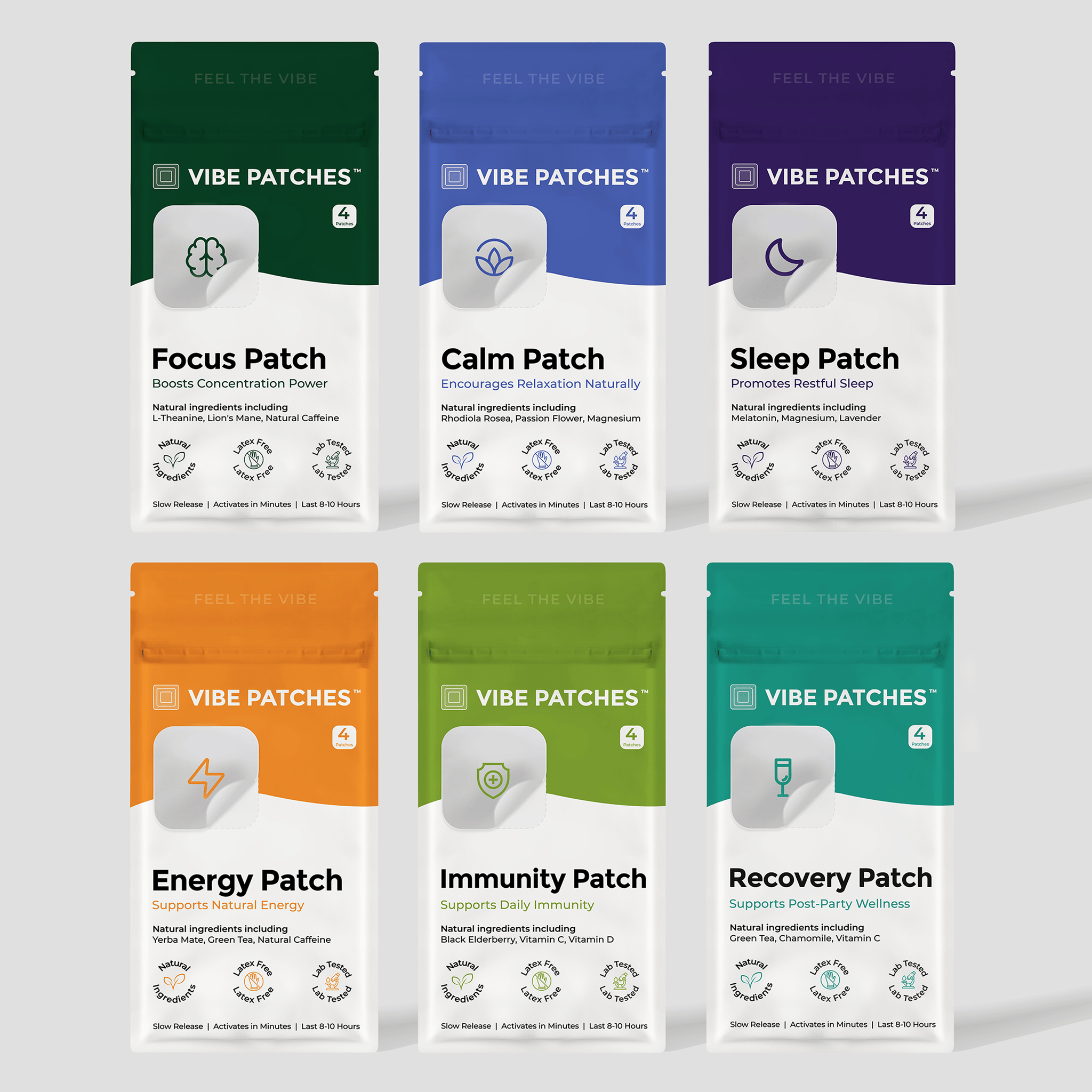Feeling overwhelmed or tense is a common experience in today’s fast-paced world, but those moments don’t have to take over your day. Whether you’re a professional facing tight deadlines, a student gearing up for important exams, or a parent managing a busy household, learning how to calm down can be a game-changer. In this guide, you’ll find straightforward, practical techniques to help you regain your sense of balance in the moment and develop lasting habits for greater ease and resilience.
Why Is It Important To Remain Calm?
Staying calm in challenging situations allows you to think more clearly, make better decisions, and respond thoughtfully rather than react impulsively. When you maintain your composure, you’re better equipped to handle unexpected events, communicate effectively, and keep a sense of control over your actions. Remaining calm also helps you preserve positive relationships and creates a more supportive environment for yourself and those around you. Ultimately, cultivating calmness empowers you to navigate life’s ups and downs with greater confidence and resilience.
What Happens When We Are Not Calm?
- Lack of Focus: It becomes harder to focus and think clearly, which can lead to mistakes or poor decisions.
- Communication Breakdowns: Conversations may become strained, making it difficult to express yourself or understand others.
- Overwhelmed by Challenges: Small problems can start to feel much bigger and more difficult to manage.
- Strained Relationships: Interactions with colleagues, friends, or family members may become tense or less supportive.
- Loss of Control: You might feel less in control of your actions, leading to impulsive responses you later regret.
How To Calm Down: Step-by-Step
Step 1: Pause and Notice Your Feelings
When you start to feel overwhelmed or tense, the first step is simply to pause. Take a moment to notice what you’re experiencing without judgment. Recognizing your feelings is the foundation for regaining your sense of balance and control.
Step 2: Take a Deep Breath
Slow, intentional breathing can help you reset in the moment. Inhale deeply through your nose, hold for a few seconds, and exhale slowly through your mouth. Repeat this a few times to help your mind and body settle.
Step 3: Ground Yourself in the Present
Bring your attention to your surroundings. Notice the details around you—the feel of your chair, the sounds in the room, or the sensation of your feet on the floor. Focusing on the present moment can help you shift away from racing thoughts.
Step 4: Use a Supportive Tool
Consider adding a simple, supportive tool to your routine, like the Calm Patch from Vibe Patches. The Calm Patch is designed to encourage a sense of relaxation and ease, using natural ingredients and an easy-to-use patch format. Applying the patch can be a gentle reminder to slow down and care for yourself during stressful moments.
Step 5: Take a Small, Positive Action
Do something that helps you feel more at ease—stand up and stretch, take a short walk, or sip a glass of water. Even a small action can help shift your mindset and reinforce your sense of calm.
Step 6: Reflect and Move Forward
Once you feel more settled, take a moment to reflect on what helped you regain your calm. Carry these techniques with you, and remember that you can return to them whenever you need a reset. With practice, calming down becomes easier and more natural, helping you navigate challenges with greater confidence.
Can Sleep Affect Your Ability To Stay Calm?
Absolutely—how well you sleep can have a big impact on your ability to remain calm throughout the day. When you’re well-rested, it’s easier to handle challenges, think clearly, and keep your emotions in check. On the other hand, a lack of quality sleep can make you feel more irritable, impatient, or easily overwhelmed by everyday situations. Prioritizing good sleep habits not only supports your overall well-being but also helps you approach each day with a greater sense of calm and resilience.
How Is Meditation and Breathing Related To De-Stress?
Meditation and mindful breathing are powerful tools for helping you unwind and reset during busy or challenging moments. By focusing your attention on your breath or a calming thought, you give your mind a break from distractions and worries, making it easier to feel centered and at ease. These practices can be done almost anywhere and don’t require any special equipment, making them accessible ways to create a sense of calm and clarity whenever you need it most.
Is Exercise Effective For Calming Down?
Yes, exercise can be a highly effective way to help you calm down and regain your sense of balance. Physical activity—whether it’s a brisk walk, a quick stretch, or a favorite workout—gives you a healthy outlet to release built-up tension and shift your focus away from worries. Moving your body also encourages a sense of accomplishment and can boost your mood, making it easier to approach challenges with a clearer, more positive mindset. Even a few minutes of movement can make a noticeable difference when you’re feeling overwhelmed.
Best Practices To De-Stress
|
Best Practice |
How It Helps You Relax |
Simple Ways to Get Started |
|
Meditate |
Clears your mind and encourages focus |
Try a 5-minute guided meditation or breathing app |
|
Take Deep Breaths |
Slows your thoughts and eases tension |
Inhale deeply, hold, and exhale slowly 5 times |
|
Use Calm Patches |
Offers gentle support for relaxation |
Apply a Calm Patch to your skin as a reminder to pause and breathe |
|
Move Your Body |
Releases built-up energy and stress |
Stand up, stretch, or take a short walk |
|
Practice Gratitude |
Shifts your mindset to the positive |
Write down three things you’re grateful for today |
|
Create a Relaxing Space |
Makes it easier to unwind and recharge |
Light a candle, play soft music, or tidy your area |
|
Take Breaks |
Prevents overwhelm and boosts clarity |
Step away from your desk for a few minutes |
Common Mistakes To Avoid When Trying To Stay Calm
- Ignoring Your Feelings: Pretending you’re not upset or overwhelmed can make it harder to regain your composure.
- Overthinking the Situation: Getting stuck in a loop of “what ifs” can increase tension instead of helping you move forward.
- Expecting Instant Results: Hoping to feel calm immediately can lead to frustration if it takes a little time to settle down.
- Isolating Yourself: Trying to handle everything alone can make challenges feel bigger than they are.
- Skipping Simple Self-Care: Forgetting to breathe deeply, take breaks, or use supportive tools like calm patches can make it more difficult to find your calm.
Conclusion
Finding ways to calm down is an essential skill for navigating life’s daily pressures with greater ease and confidence. By practicing simple techniques—like mindful breathing, meditation, gentle movement, or using supportive tools such as Calm Patches—you can create moments of peace even in the busiest days. Remember, staying calm isn’t about avoiding challenges, but about responding to them with clarity and resilience. With these strategies, you’ll be better equipped to handle whatever comes your way and maintain a sense of balance no matter the circumstances.
Final Thoughts
Ever wondered how you can support your well-being and focus without interrupting your routine? Vibe Patches makes it effortless with their easy-to-use topical patches, perfect for anyone on the go. Whether you’re bouncing back from a long night with the Hangover Patch, seeking calm with the Calm Patch, powering through your day with the Energy Patch, or aiming for better sleep with the Sleep Patch, there’s a patch for every need. Check out the complete Vibe Patches collection and upgrade your daily routine with ease.
Sources












